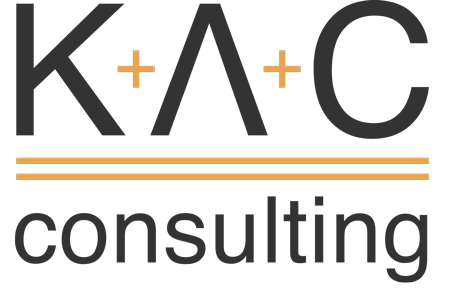New Catch-Up Contribution Rules: Why Payroll Setup Matters
If you or your employees are over age 50, you may be making “catch-up” contributions to boost retirement savings. But a key change is coming: for certain employees, those extra contributions will soon be Roth only—and that brings new payroll and tax planning considerations.
What’s Changing?
- Starting January 1, 2027: Employees who earned more than $145,000 in the prior year must make their catch-up contributions as Roth (after-tax), not traditional (pre-tax).
- Result: These contributions will no longer be tax-deductible—taxes are paid upfront, but withdrawals in retirement will be tax-free.
- Threshold: The $145,000 limit is indexed for inflation and may rise over time
The Payroll Integration Issue
Many business owners use payroll systems like Gusto, ADP, or Paychex, but their retirement plan is managed by a separate third-party administrator (TPA). If your payroll isn’t fully integrated with your retirement plan, there’s a real risk that catch-up contributions might be misclassified, resulting in incorrect tax withholding and reporting.
Why Does This Matter?
- If Roth catch-up contributions are processed incorrectly (for example, as pre-tax), employees could face tax headaches later—including amended returns or penalties.
- The IRS is tightening the rules, so compliance will be even more critical starting in 2027.
What Should You Do?
- Check your payroll setup: If your payroll provider and plan administrator are different, confirm that after-tax Roth catch-up contributions can be accurately tracked and reported.
- Best practice: Have your tax professional review your payroll and retirement plan setup. We can help ensure your system is ready and avoid surprises down the road.
- Communicate with your team: Make sure high-earning employees know these contributions will be after-tax and may affect their take-home pay and tax situation.
- Plan for tax impact: Understand that you and your employees will not get a tax deduction for these catch-up contributions—review your tax plan accordingly.
Bottom line:
If your 401(k) or SIMPLE plan isn’t seamlessly linked with payroll, you will want to review your systems with a tax or payroll professional. Avoid costly mistakes and keep your retirement plan compliant as these new rules take effect.
Questions or need a payroll review?
Contact us—we’re here to help you stay ahead of the changes.







